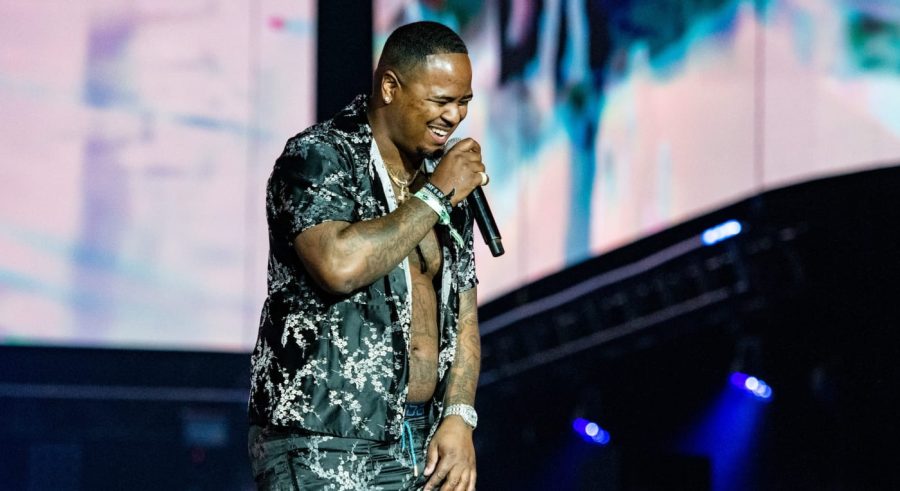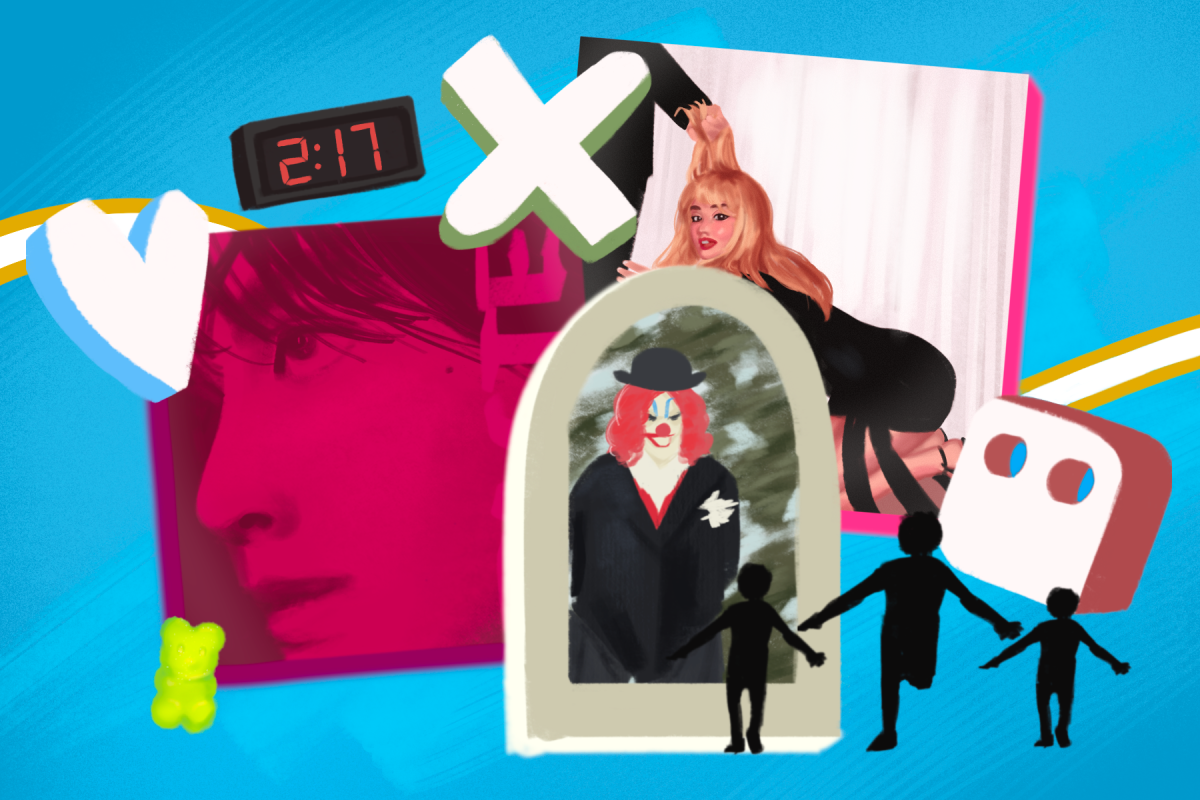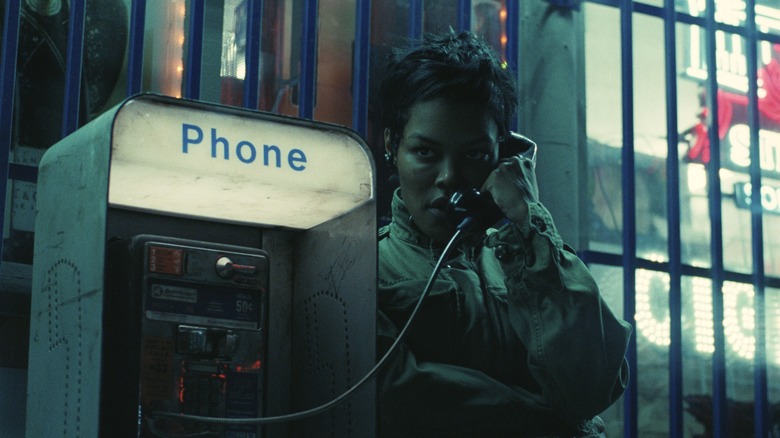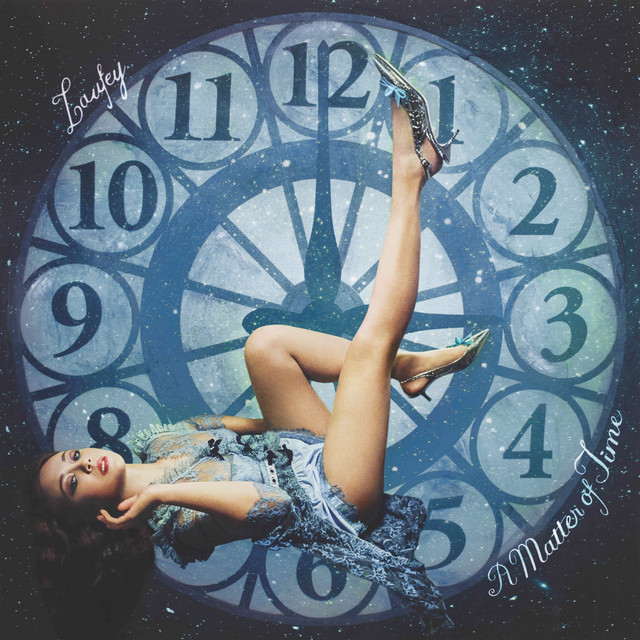Drakeo the Ruler’s death at “Once Upon a Time in L.A.” is a stark reminder of the ills still plaguing under-resourced communities of color in California inner-cities.
“Is the concert over?”
”Yeah, he’s just been killed.”
These are the words exchanged between myself and a security guard with an empty look in her eyes. The crowd stands around me taking in the news, some oblivious and some desensitized. Street politics, loud music, an overabundance of alcohol, and violence: these are scenes all too familiar to some in the crowd. Police helicopters use their searchlights to look for the suspect while the crowd dances and waits for Snoop to perform. I haven’t stopped thinking about whether that was normal. Slowly the air of a crime scene begins to set in as more and more people rush out through the gates. Slain was Darrell Caldwell — though many of us remember him as Drakeo The Ruler.
Drakeo was LA’s own, a one of one artist, engineering a new rap sound he called “nervous music.” He maintained authenticity through his distinctive and stand-out sound, while still incorporating a West Coast rap flavor — if you know, you know. He was a trailblazer who, at the young age of 28, was setting the stage for a career as an underground legend. Drakeo never itched or feigned for the mainstream; the mainstream craved him. His discography is mixed with features from Drake to Saweetie. “I saved California Rap, you can thank me later,” he rapped on his newest album, critically acclaimed for the cleverness of his cadence, a style which he called “Lingo Bingo.” On Dec. 18, 2021, Drakeo was set to perform in front of a hometown crowd of thousands and declare himself as next-in-line for LA’s rap throne. This moment of triumph would come just a few months after he sat in solitary confinement for faulty charges he was acquitted for.
It was supposed to be a good day. Gente, music, and cross-generational hip-hop legends on every stage. The ambience of the event was aligned with its name, “Once Upon a Time in LA,” a Westside day dream. Pioneers in rap like E-40, Ice Cube, Warren G, and 2Short performed next to and in between legends like Brenton Wood, Delfonics, and Al Green. No doubt, the festival was culturally dedicated to bringing alive lowrider soundtracks that blasted out stereos from East L.A. to the Bay in the ‘70s, ‘80s, and ‘90s. This soundtrack is the synchronicity of gangster rap and soul. The event’s attendees were likely the descendants of, or themselves members of these communities, the majority of whom would be Black and/or Latinx. There was a particular comfort to be felt among those of us who have grown up attending car shows or big family barbecues at the park, just waiting for the sun to go down.
And then the sun came down. In a matter of moments, our collective daydream turned into a horrible nightmare. Gang violence, a monster which transcends dreams and haunts our reality, terrorized our night once more.

An article published online by Los Angeles Magazine, “The Assassination of Drakeo the Ruler,” finally put an appropriate name to what happened to the young artist at the festival in December. The article was written by journalist-turned-friend and witness of Drakeo’s murder, Jeff Weiss. Weiss’ work recounting Drakeo’s murder is a powerful yet painful piece that serves justice to Drakeo in ways that transcend the punitive carceral system, a system that took so much of Drakeo’s life away before his passing. Weiss tells Drakeo’s holistic life story as a resilient artist whose success couldn’t absolve him from the disease of gangs, both institutional and street. Drakeo mastered the complex art form of rapping but wouldn’t formally declare a set in LA, painting a target on his back as a result — not just by street gangs but also by the Los Angeles Police Department. Drakeo was faced with adversity on both sides of the prison cell at the hands of street gangs, poverty, and cops, a trap that is much too common among our inner city youth. In an interview with Rolling Stone, Drakeo’s mother told the world that “he planned to do so much,” as she recounts her son’s character as a provider. “He wanted to help the homeless and do something for children who were needy. And he wanted to take care of his family … Darrell wanted to help everybody.”
Drakeo the Ruler fell victim to a violent gang ambush as he was minutes away from performing his set. He was fatally assaulted, dying from a knife wound that night. The assaulters were young men, gang affiliates. I won’t get into why, because, as Weiss stated, ”no one is an expert on gangs but its members.” Drakeo the Ruler’s life as a young icon was cut short, taking the breath of life out of a new uniquely-Cali style of rap, as well as a rapper who many from LA looked at with pride and respect. A father, a son, but most importantly, a precious human life taken senselessly and too soon in a place we expected to find refuge and safety.
In present times, culture and community serve as a saving grace for those who find themselves most vulnerable to the implications of a global pandemic. Once Upon A Time music festival in 2021 transported attendees into the past, only to then snap them back to reality.
Gang violence and other issues of poverty and disenfranchisement create a “dual pandemic” for Black, Indigineous, and other racialized people. The tragic loss of Drakeo the Ruler is a symptom of these conditions. We should treat gang violence like COVID-19, as a public threat destabilizing these communities. If we follow the thread from Drakeo’s murder to gang violence, it will only be a matter of time before we find rootissues like poverty, lack of education, racism, and organized abandonment as fellow conspirators to the rapper’s murder.
I write this as I reflect on beating the odds as a first-gen, Chicanx, poor daughter of two ex-gang affiliates. What did it take? Drakeo’s death is a painful reminder of how much work is left to do to solve these issues and other forms of intergenerational harm. I don’t intend to prescribe the solutions to stop this kind of tragedy from happening again or to suggest that there is even one single solution. I trust that I will not have to, given the growing nationwide movement to abolish the root causes of harm in order to achieve justice in society. I’m confident such solutions must be holistic and span across disciplines, with the input and leadership of those most affected by the issues of intergenerational violence. So to you, UC student, the future engineers of complex solutions, what is your role? For our public institutions in Cali, what is their role? For the issues collectively felt most among the most oppressed, it is becoming increasingly unlikely that money and success will absolve you. The future of community safety and serenity is contingent on our actions. Still then, our efforts will only bear fruit if institutional power structures shift to support them.
Rest In Peace Drakeo the Ruler.
Image courtesy of Complex.








